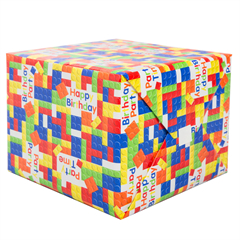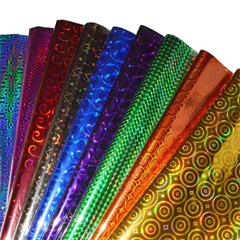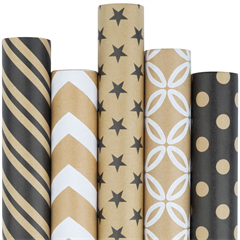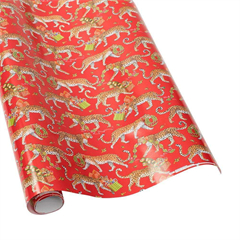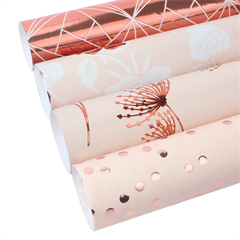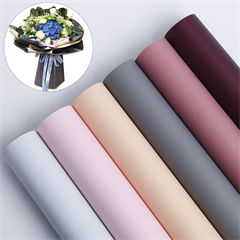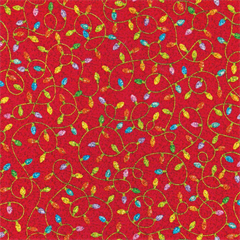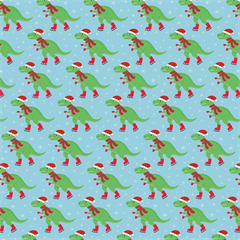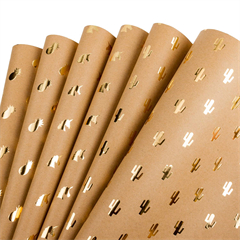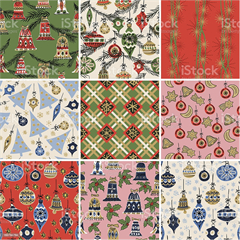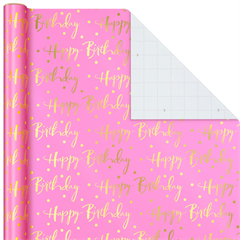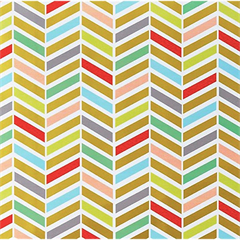There are many kinds of wrapping papers manufactured specifically for the types of products they are intended to wrap. For example, wrapping paper is made for bread for sanitary and aesthetic purposes. Originally, waxed paper and cellophane were used, but now polyethylene, polypropylene, and laminates that are a combination of these are preferred. Foil overwraps are also common.There are 2 types of wrapping paper material:
Wood pulp
Giftcote
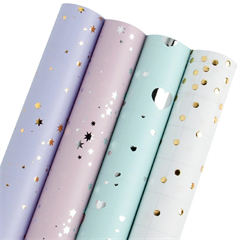

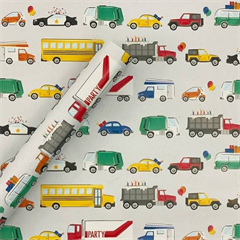
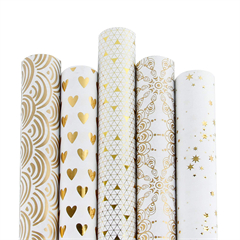
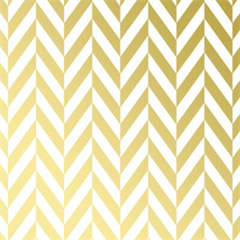
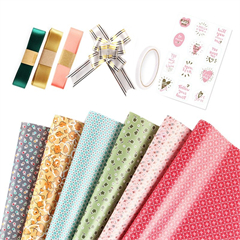
Wood pulp introduce.
Wrapping paper begins with paper that is produced in special mills from wood pulp. The pulp is usually made from trees classified as softwoods; for gift wrap, the pulp is bleached, but other papers like the material called kraft wrapping (familiar as grocery store bags) is made of unbleached pulp. Ink is made from natural and synthetic dyes. The emphasis on protecting the environment by using recyclable papers has been felt by both the paper-making and ink-making industries, which choose bleach and pigments that are easily recycled.
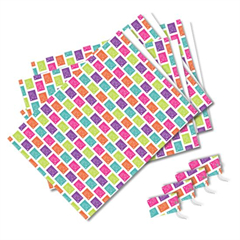
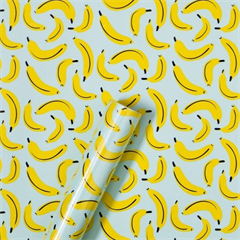
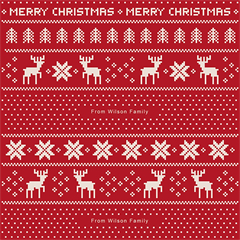
Giftcote introduce.
The strength of gift-wrap manufacturers may be in design over actual paper and ink production. The gift-wrap companies buy paper and ink from vendors that specialize in high-quality production of two weights of wrapping paper (called “giftcote” in the industry), heavier kraft paper, and tissue paper. The finished surfaces of certain wrapping papers, like foils, are impressed on the paper during the printing process.
